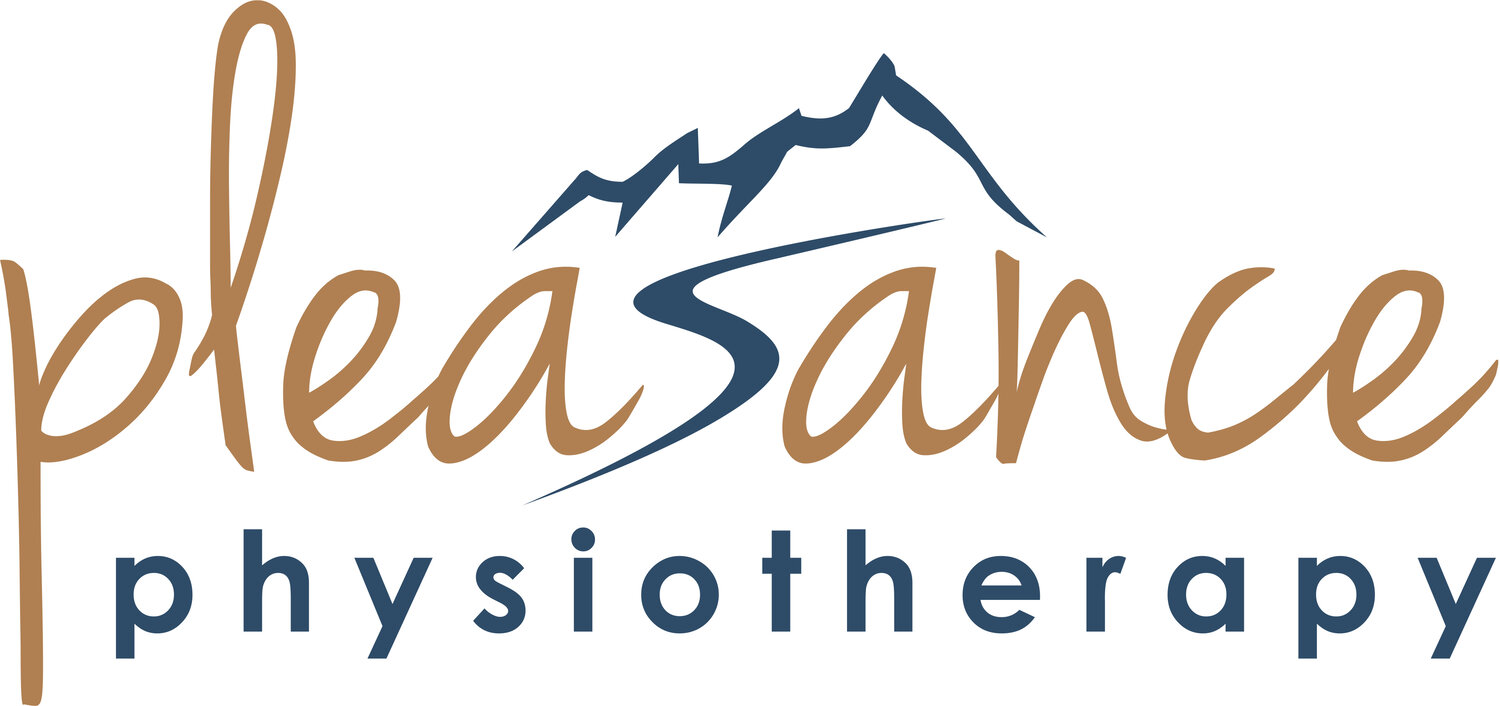Why is the room spinning? All about BPPV
Have you ever felt the spins? Or felt like the world around you was circling or tilting when you move? It could be BPPV, or Benign Paroxysmal Positional Vertigo. That’s a mouthful!
BPPV is very common, accounting for 20-30% of all vertigo cases. Typically, this type of vertigo (or spinning sensation) is triggered by body and/or head movement such as looking up, lying down, rolling in bed or bending forward.
Let’s pause for a moment and differentiate between vertigo and dizziness. Sometimes these words are used interchangeably, but they do mean different things!
Vertigo is the sensation of the world outside of you moving, often this feels like the room is spinning or tilting. Dizziness is the feeling of being lightheaded, foggy or unsteady. Dizziness can be caused by a multitude of factors, including low blood pressure, stress/anxiety, low blood sugar, dehydration, motion sickness or anemia to name a few.
Vertigo is most commonly caused by dysfunction of the vestibular system, located in the inner ear. The vestibular system senses our head position, head movement and aids in balance control. It works along side the visual and proprioceptive systems (sensors in our joints, which help with body position awareness) to control posture and balance. Essentially, it helps to keep us upright and balanced!
Vestibular system and semicircular canals
In the case of BPPV, there is a disruption involving the semicircular canals of the vestibular system (located deep in the inner ear). I often describe these canals as 3 loops of a roller coaster. Each canal senses a different plane of motion of the head (ie. rotation, up/down), so they can inform the brain which direction the head is moving in space. I think this is such a smart design! The canals are filled with a honey-like liquid and hair cells that move within the liquid. When you move your head, it moves fluid within the canals, which then moves the hair cells that then tell the brain which way your head has moved. Kind of a cool system, huh?
The problem that occurs with BPPV, is small crystals (called otoconia), come loose from their normal location in the utricle and migrate into the semicircular canals. This causes disruption in the semicircular canals, so the hair cells send incorrect signals to the brain. Your brain receives faulty information from the vestibular system, along with correct information from the visual system and proprioceptive information, causing confusion. This is what causes BPPV.
Common symptoms of BPPV:
spinning sensation (vertigo)
nystagmus (involuntary movement of the eyes)
poor balance
vision changes
So, is there anything that causes this to happen? In short, most of the time, NO. The majority of BPPV cases are thought to be idiopathic, meaning there is no particular cause. In some cases, there are connections with the following:
head trauma
surgical trauma
labyrinthitis/neuritis
migraine
Meniere’s disease
cardiovascular disease (ischemia of the anterior vestibular artery)
calcium metabolism and vitamin D
Types of BPPV:
There are 2 main types of BPPV: canalithiasis and cupulolithiasis. In canalithiasis the crystals (otoconia) are free floating in the canal. With cupulolithiasis, the otoconia are stuck to the cupula. Canalithiasis is much more common than cupulolithiasis. Each type requires slightly different treatment techniques.
Is this treatable? YES! If you have ever experienced vertigo, it is an awful sensation and can impact your quality of life quite significantly, however, treatment can be relatively simple.
BPPV is treated with vestibular therapy techniques. First we need to identify which canal is involved and on which side. With 3 canals on the right and 3 on the left, there are 6 potential possibilities. The most common canal involved is the posterior canal.
Once we determine the location of the problem, then we pick the best technique to correct your specific BPPV. The maneuvers use changes in body position and gravity to help ‘flush’ the crystals out of the semicircular canals and relieve the source of the vertigo. Essentially, a vestibular therapist will guide you through a series of body/head positions to restore normal function of the vestibular system. A common maneuver used for this is the Epley Maneuver.
Good news! For most individuals with BPPV, it is common to only need 1-2 treatments to resolve the issue.
If you are suffering with vertigo it is best to have a vestibular therapist determine the cause, and in the case of BPPV, determine which canal is involved on which side. Then they will advise on the best form of treatment.
If you need help with your dizziness or vertigo symptoms, reach out to a vestibular therapist!
Lindsay Pleasance,
Vestibular Physiotherapist and Owner of Pleasance Physiotherapy


